Editor's note (final). Cassis did not prosper after the loss of its talented chef, and closed in May 2014.
In April 2013 chef Massimiliano Blasone left Cassis - London's loss is California's gain. The notes below should therefore be treated with the appropriate level of caution. The new chef is Giovanni Forlenza, who was sous chef here previously.
In the summer of 2012 it was all change in the kitchen at Cassis, part of Marlon Abela’s global restaurant group, which in London runs the Greenhouse and Umu. Previous chef David Escobar has moved on to his own venture (Chez l’Ami David) and has been replaced by Massimiliano Blasone, former head chef of Aspleys, who had brought with him from Apsleys Marco Calenzo as sous chef and some other kicthen staff. This change also marks a change of style, from French cooking to Italian. A five course tasting menu was priced at £50 and a seven course tasting menu was £65. If you go the à la carte route, starters were priced from £9 to £20, pasta £16 to £26, main courses £17 to £29.
The wine list had around 300 selections, but apparently the intention is to triple this. Example wines included La Motte Pinot Grigio 2010 at £35 for a wine that you can find in the high street for around £11, Mas De Daumas Gassac 2008 at £75 for a wine that retails at around £30, and Peyre Rose Clos Sra Leone Roussillon Coteaux Du Languedoc 1992 at £130 for a wine that will set you back around £75. Bread was made from scratch and is of high quality, such as a wonderfully light focaccia (17/20).
The first course was perhaps the least interesting of the evening, a pleasant tuna tartare with sesame seeds and a smear of carrot sauce. This was fine, the tuna of good quality, but after my time in Japan I find eating tuna in the UK is always a relative disappointment (14/20). Much better was a single scallop with girolles and asparagus. The scallop was a high quality diver-caught scallop, cooked beautifully. The girolles were very good, though the out of season asparagus did not add a great deal, but the subtle lemon sauce gave a useful acidic balance to the inherent sweetness of the scallops (easily 16/20).
Next was spaghetti with lobster and almond pesto. The pasta was superb, with wonderful texture, the lobster very tender without a hint of chewiness, the pesto adding an additional flavour note (strong 17/20). This was followed by saffron risotto with razor clams and red shrimps. This was also well made, the razor clams tender, the red shrimps also good, and the risotto having nicely absorbed its stock (16/20).
Lobster with aubergine, tomato and crispy potato worked well, the lobster tender, the tomatoes having very good flavour, the potato delicate (17/20). Foie gras with rhubarb marmalade had smooth foie gras, and the acidity of the rhubarb nicely balanced the richness of the foie gras (16/20). Turbot with sweet potato puree with broccoli and aioli was nicely cooked, though the turbot itself was of good though not dazzling quality (16/20). Much better was pigeon with a mustard seed sauce, carrots and mange tout. The pigeon was cooked very carefully and had excellent flavour, but for me the star was the mustard seed sauce, which had lovely intensity and just enough bite to lift the dish: high class cooking (18/20).
Rum baba with rum sabayon was the initial dessert; it is not easy to keep rum baba moist, but here it was lovely, the rum flavour present but not dominant, the texture of the baba very good (easily 17/20). Milk parfait with milk ice cream, condensed milk and a chocolate dome was a pretty dessert that had nice balance between the milk and the rich chocolate (17/20). Even better was hazelnut bavarois with chocolate biscuit, served with vanilla ice cream. This dessert, complex to make, was reminiscent of a famous dessert at Louis XV. Here the key was the quality of the hazelnuts (from Piedmont) and the lovely smooth texture of the rich chocolate – a gorgeous dessert (18/20). Finally, a large plate of petit fours arrived. There was a passion fruit ganache, red berry tart with tart sable, Cannolo Siciliano (dough with flour and sugar with ricotta inside and then fried) and a brownie. There was gianduiotto dark chocolate with raspberry ganache, a tart with crème Chantilly, honey ganache and diamante shortbread. Baci di dama is a Turin speciality, a pair of cookies joined together with jam, and alongside this was a strawberry marshmallow and finally a lime ganache with dark chocolate. Henrietta Inman is the pastry chef here, and she clearly has considerable talent.
Overall this was a very impressive meal, especially given that the new kitchen team has only been in place a few months. There were touches of inconsistency in these early days, but these can easily be ironed out, and the best dishes were very good indeed. This is high quality cooking and I will happily return here. The bill, with a bottle of modest German Riesling, came to £97 a head.
The notes below are from meals under the previous chef.
Cassis is the latest restaurant venture from entrepreneur Marlon Abela, who owns Greenhouse and Umu in London, as well as several restaurants in the USA. Cassis concentrates on the rustic cooking of the south-west of France, although a “bistro” hardly dies justice to the ambition of the cooking here. The head chef is David Escobar, who worked for four years at the three star Lameloise in Chagny (as sous chef), before becoming Marlon Abela’s private chef. The dining room is a rather odd mix of very smart yet trying to retain a casual feel. Hence there are no tablecloths on the oak tables, yet the art on the walls and the careful design suggests that plenty of money has been lavished on the room. At capacity the room can seat around 80. What follows are brief notes from a meal in June 2011.
On my second visit to Cassis I again tried the egg mimosas with crab that I enjoyed so much last time; while still very good, this version seemed less exciting than the one last time (less precisely balanced mayonnaise), not helped by a piece of crab shell eluding the kitchen (still 16/20). A summer salad was prettily presented and featured good quality leaves and summer vegetables (such as peas), with nicely judged dressing (16/20). This was better than a chickpea salad which was pleasant and had tender chickpeas, but lacked any real excitement (14/20).
My duck from Landes had plenty of flavour and was cooked pink, though I would have preferred more jus, and for the jus itself to have had more intense flavour (15/20). Mackerel was of good quality and carefully cooked (15/20). As with my last meal here, after the savour dishes I was thinking “15/20” until the superb orange and Grand Marnier soufflé arrived, the filling having superb light texture, cooked through evenly, with both the orange and Grand Marnier flavours coming through well (easily 17/20 soufflé). The waitresses that we encountered this evening were excellent. The bill came to £80 a head.
Below are more detailed notes from my first meal here, in December 2010.
The wine list is extensive (700 bins), and is strong on France but also has top class producers from around the world. Mark-ups are not generous, but not outrageous by London standards. Constantia Uitsig unoaked Chardonnay 2009 was £35 compared to a shop price of about £13, Kleinood Tomboerskloof Syrah was listed at £40 for a wine that will set you back around £17 retail, and Au Bon Climat Chardonnay 2007 was a chunky £75 for a wine that will set you back around £17 retail. At the upper end of the list Clos St Hune Trimbach 2001 was listed at £375 for a wine that actually costs around £152 in the shops, and the divine Guigal La Mouline 2001 was priced at £490 compared to a retail price of around £183. Breads were supplied by the in-house bakery that also cooks for the Greenhouse, and red onion bread in particular, as well as olive bread and brown bread were very good indeed, with lovely texture and flavour (easily 16/20).
Before the starters we tried some nibbles. Corsican charcuterie is supplied by François Pittilloni, and was very good, though I always struggle with how to score bought-in products like this. What was beyond doubt was how good the egg mimosas with crab mayonnaise (£5.50) were. This is such a simple dish, yet the crab was dazzling fresh, the mayonnaise technically faultless; we were so impressed we ordered some more (17/20 seems a mean score; I could have guzzled plate after plate).
Pumpkin soup with chestnut and Provencal goat cheese was pleasant rather than striking, decently seasoned but rather lacking in depth of flavour (14/20). My salad of goat cheese with beetroot, pancetta, lentil and quail eggs was attractively presented and generous in size, and had good leaves and a pleasant dressing, though again it was not in the league of the mimosas (14/20). The best starter I sampled was the globe artichoke with minced pork and chorizo, which had particularly good artichoke, though the minced pork was not perfect. Carpaccio of sea bream was interesting in that the bream itself was of very high quality, avoiding the chewiness of texture that bream sashimi can have, though for me the dish would have been better with more acidic balance than the marinated courgette and the Menton lemon actually provided (more of the latter would have been better).
For the main course, my whole roast chicken (to be shared) was from Suffolk and took a full 40 minutes to cook (£17 per person). This was very good indeed, moist and with proper chicken flavour (sure, chicken from Landes have been even better, but by British poultry standards this was serious stuff). The class in the kitchen showed with the chicken jus flavoured with rosemary that accompanied the chicken – beautifully rich and reduced just to the level where the flavour was intense without getting to the gloopy stage (15/20 for the dish, but the sauce was better than this). On the side was puntalette pasta (rice shaped pasta) gratin, which was rich and comforting. On the side, spinach was carefully cooked with a generous dose of garlic (15/20), though the mound of shoe string (pomme paille) potatoes was pleasant rather than particularly inspired (14/20). Dover sole was cooked on the bone and was of high quality and carefully cooked (15/20). I also briefly tasted an excellent rabbit stew, with gamey rabbit and plenty of flavour.
At this stage I was thinking 15/20 for the overall score; usually when desserts arrive in a restaurant in England the average score of the meal declines, as so often the pastry is left to a junior sous chef. Not here: in charge of desserts is Thomas Coly, a proper French pastry chef who delivered two serious soufflés (one vanilla, one orange and Grand Marnier) as well a really top end pear millefeuille. The soufflés were 17/20 level, the millefeuille 18/20, with excellent pastry, lovely pears and superb pear sorbet. Coffee was also good. Service was top class tonight, very attentive and friendly, with lots of impressive little touches.
The bill was £110 a head, but we had a lot to drink. Starters are £6.50 - £13, mostly around £8 or so, main courses were £13 - £24, averaging around £20, with vegetables extra at mostly £4 and desserts at just £5 - £8, so it would be easy to eat a three course meal with a decent wine for under £70 a head. Of course this is hardly cheap, but the ingredient quality is unusually high and the technique on show is of a serious level. I will definitely be back.




















































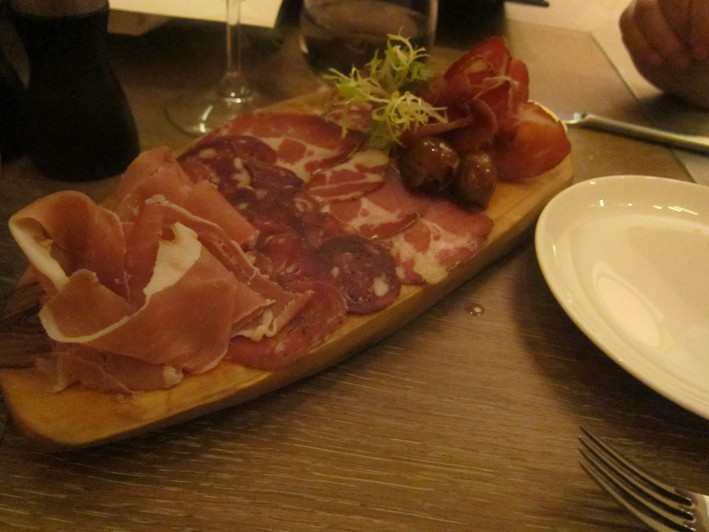
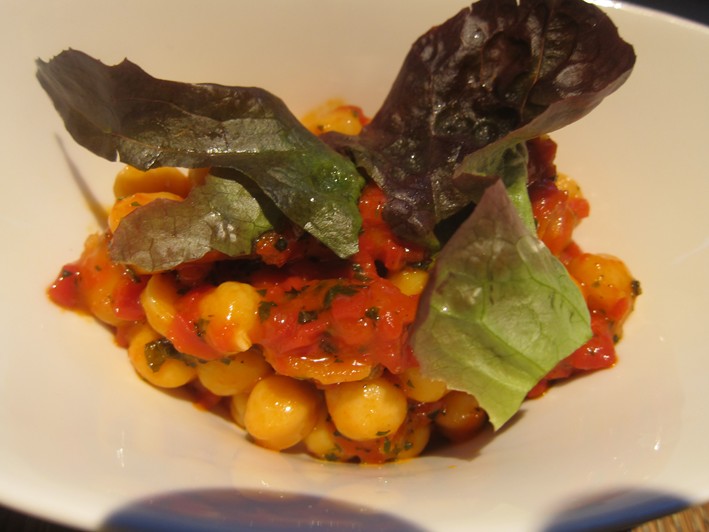


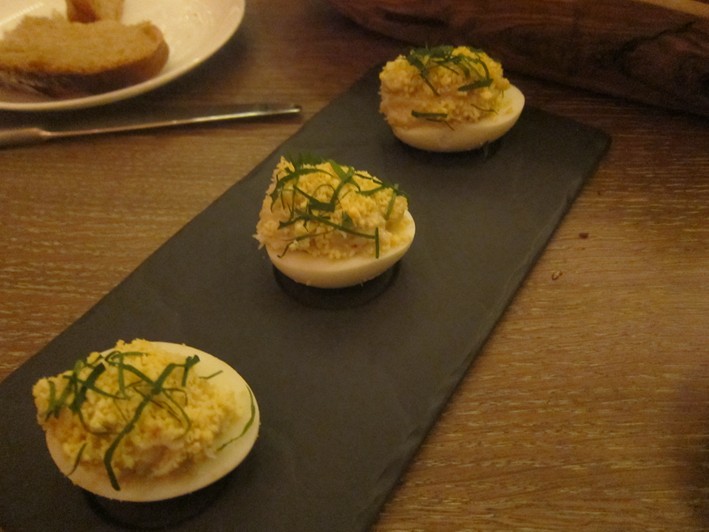





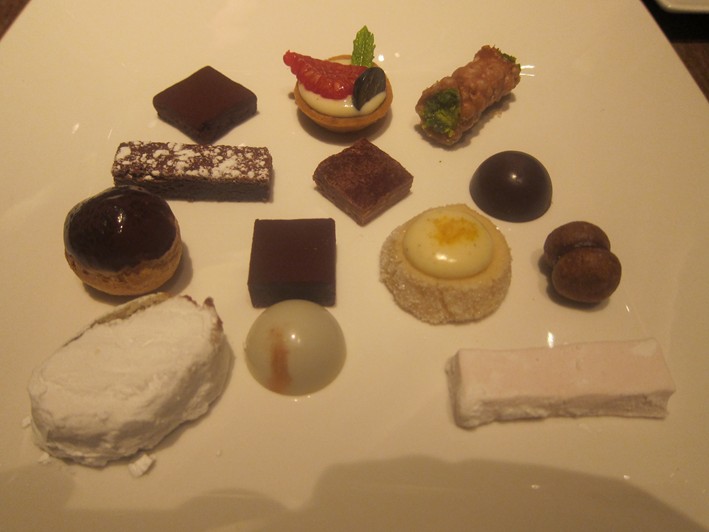
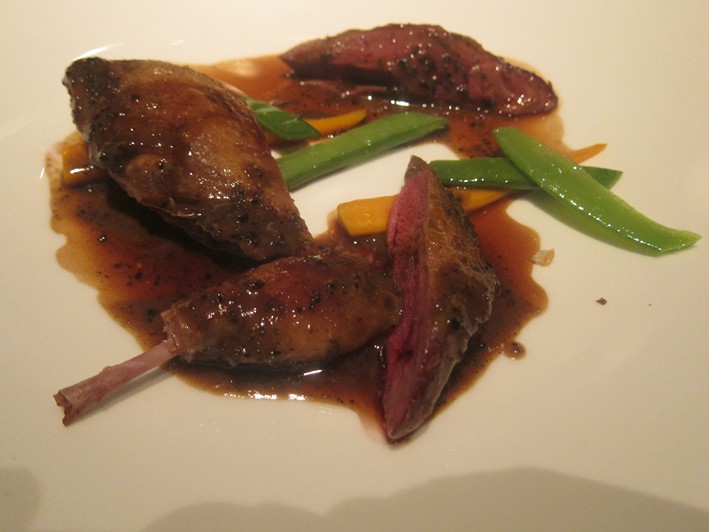
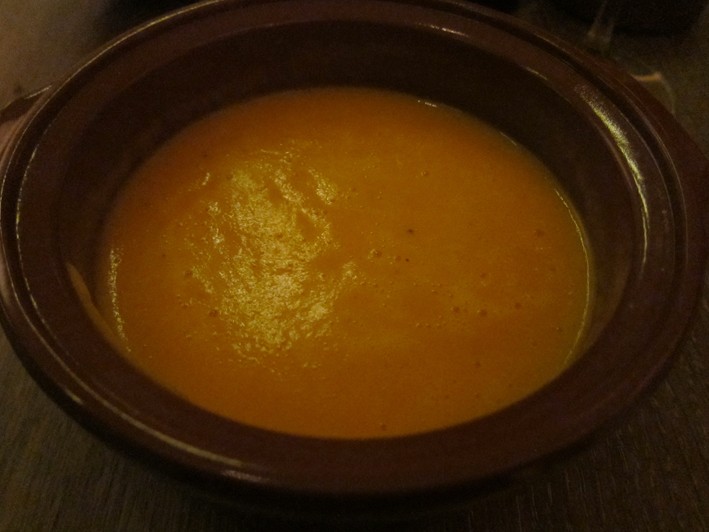
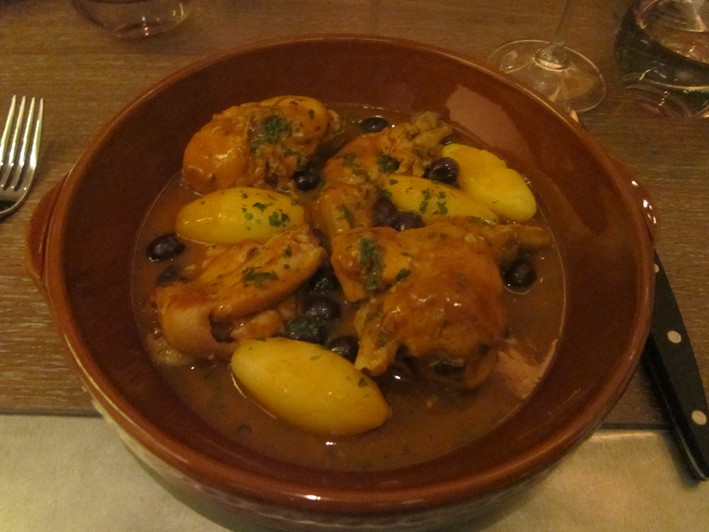
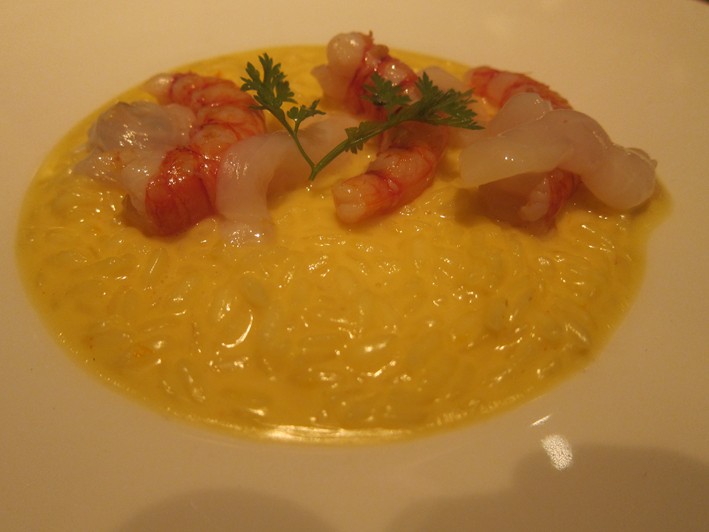
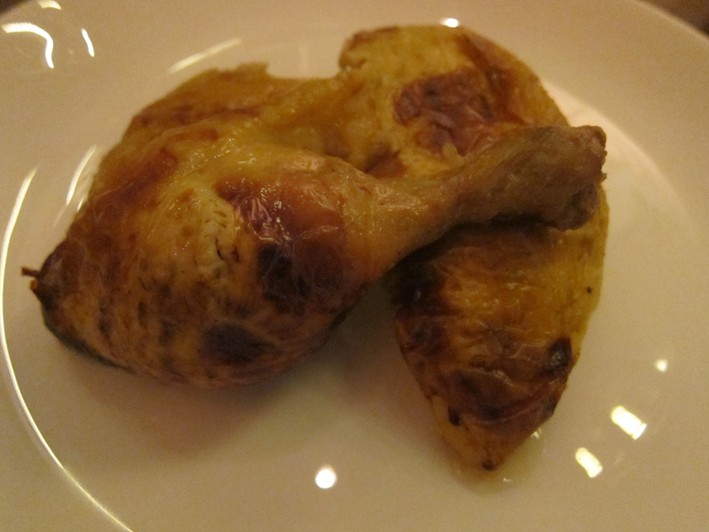


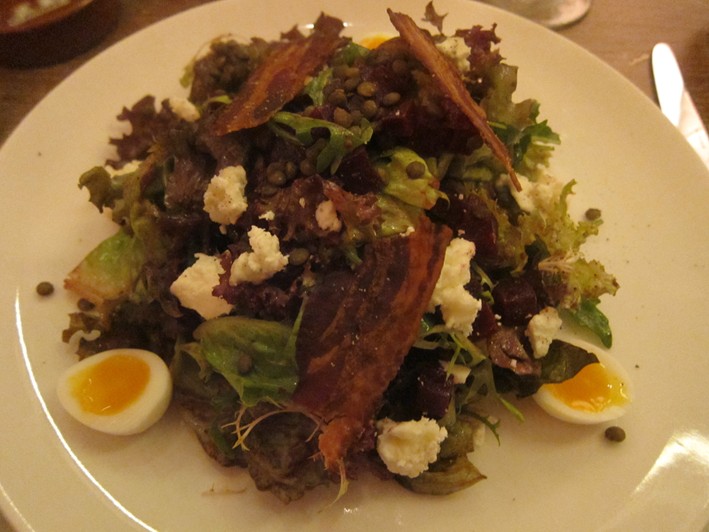

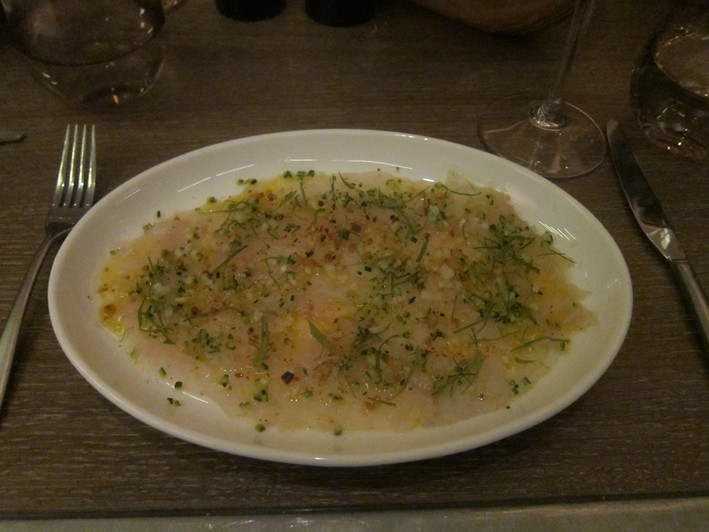
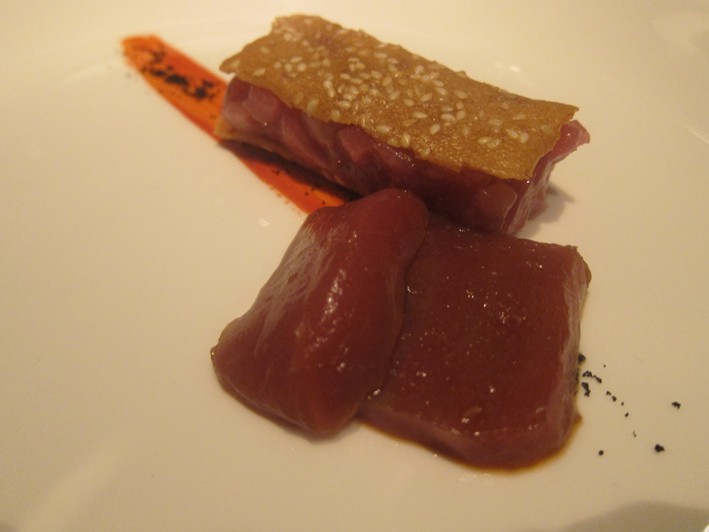

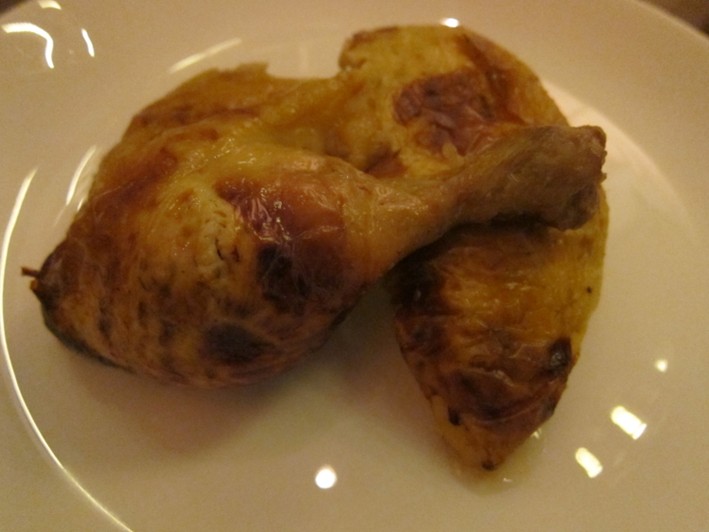
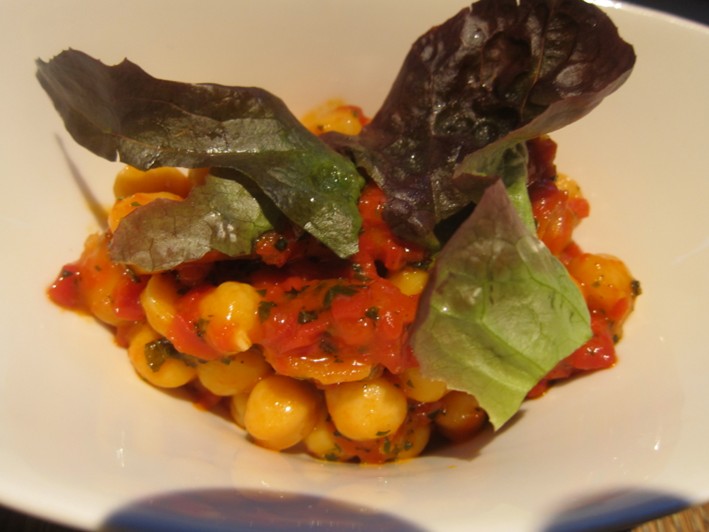
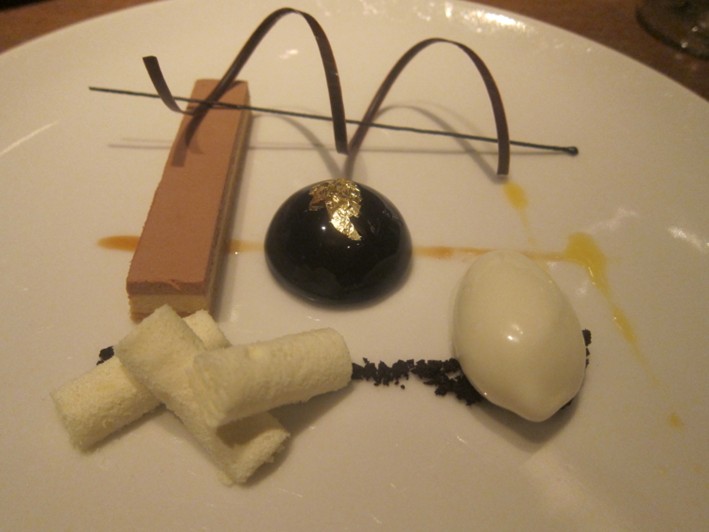
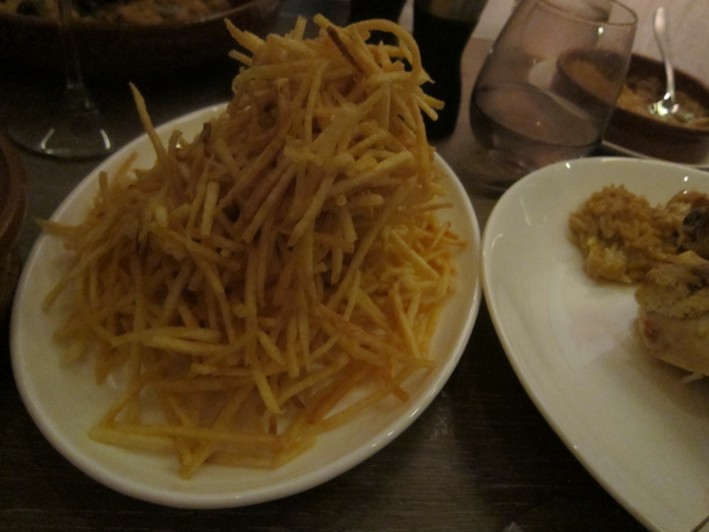
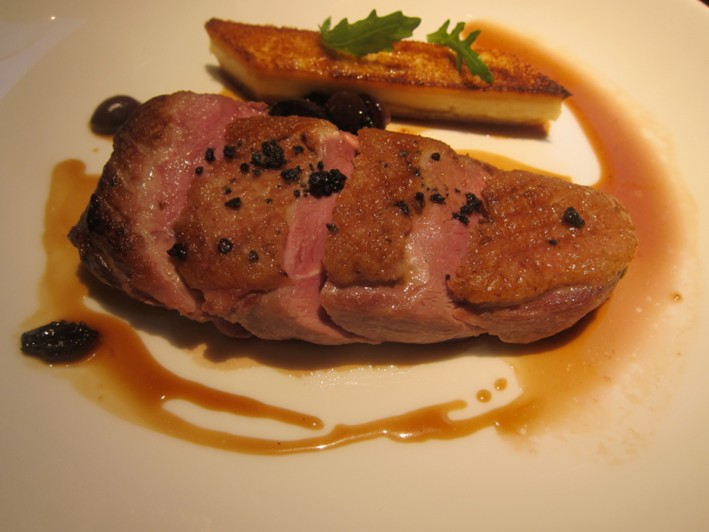
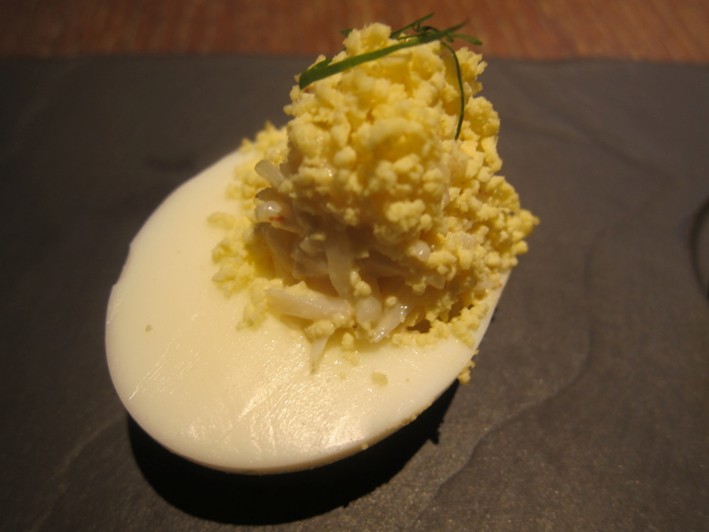


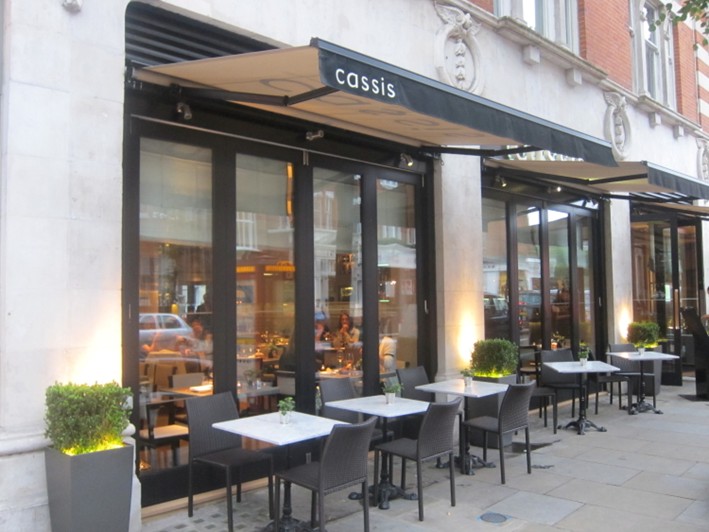
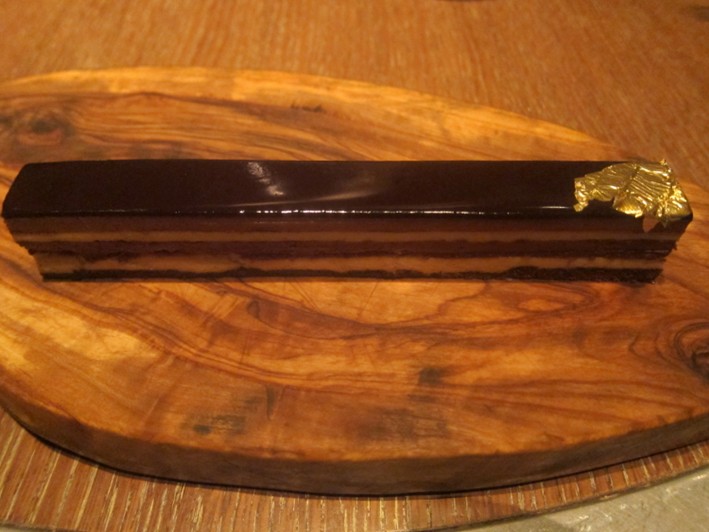
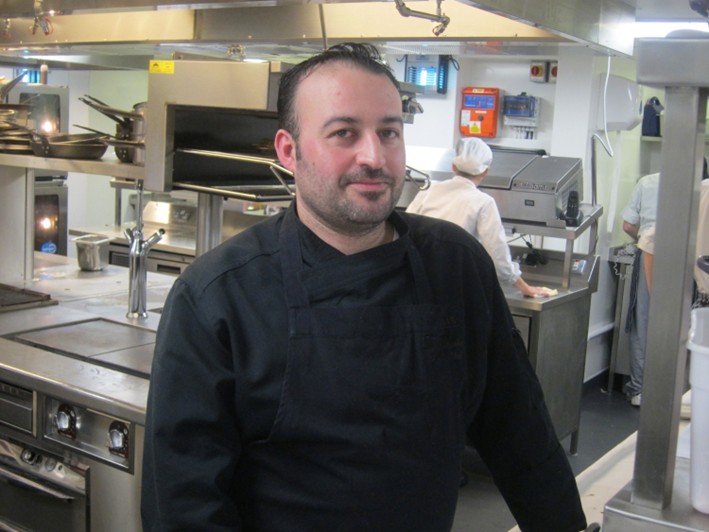
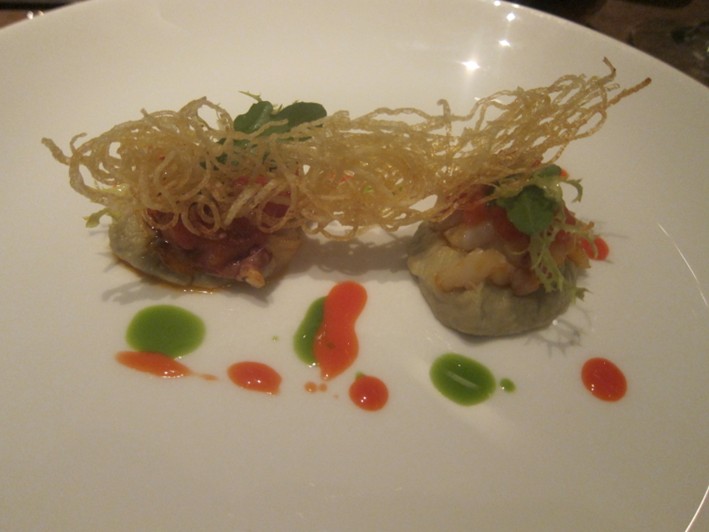

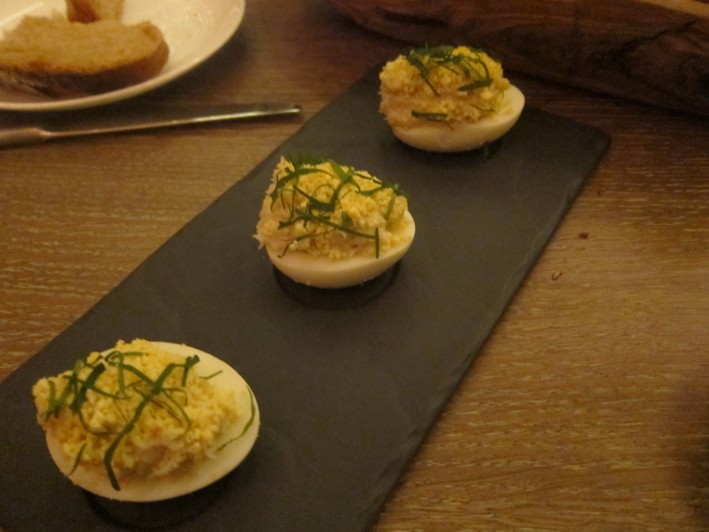
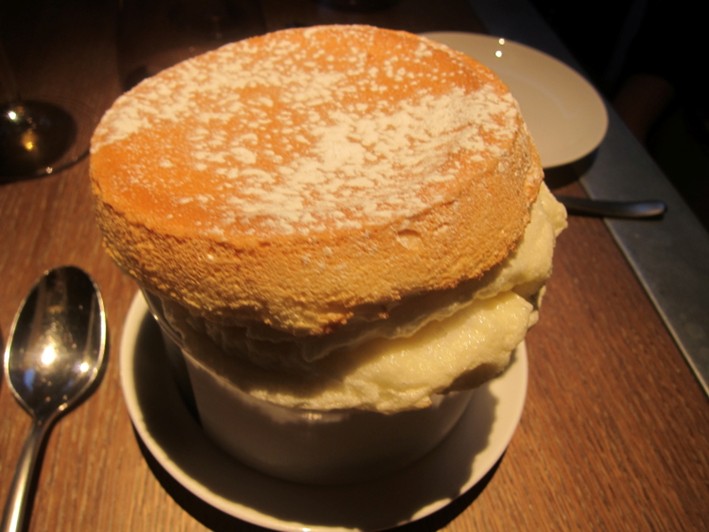

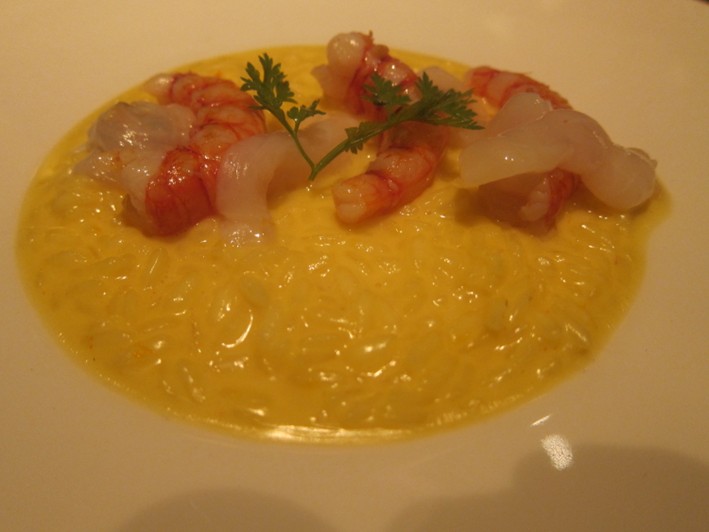
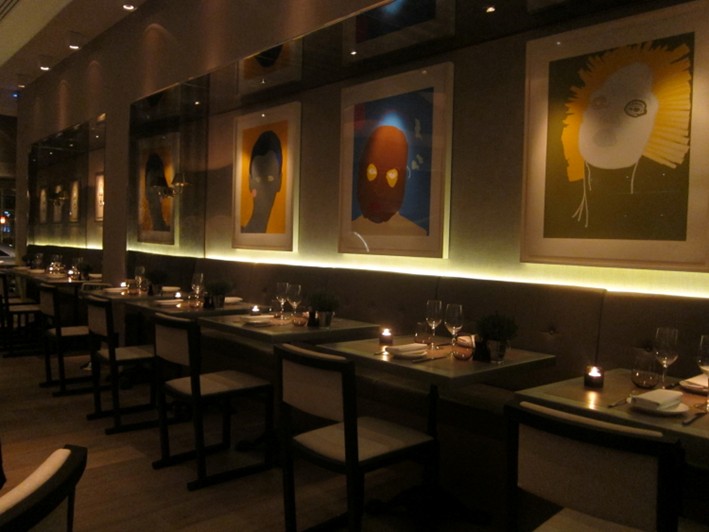
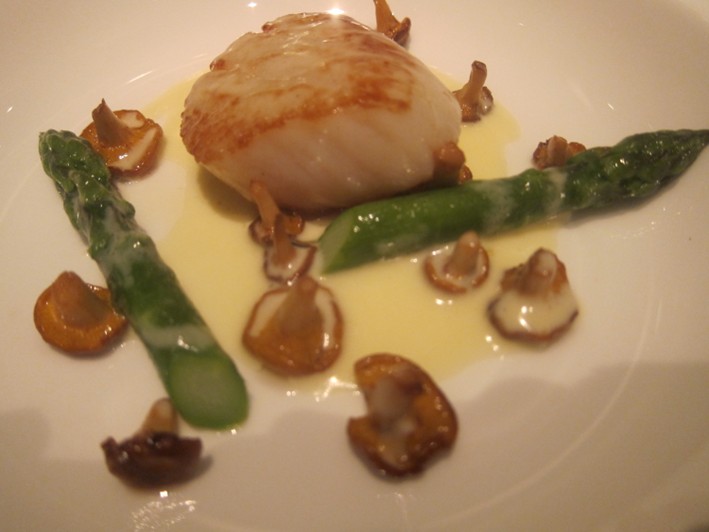
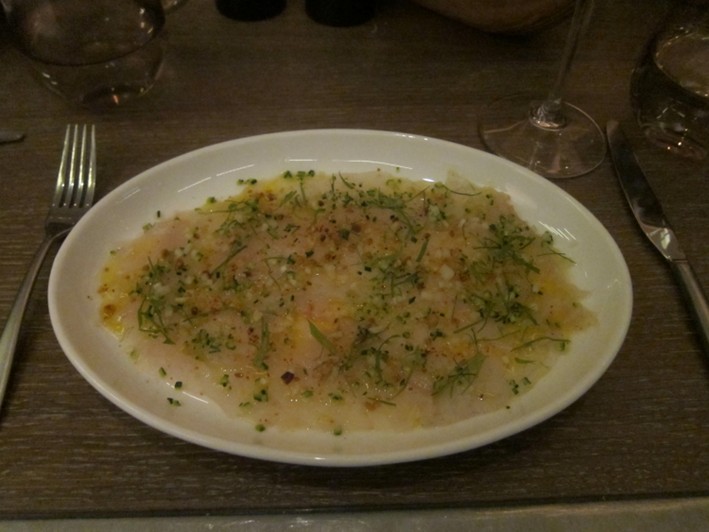

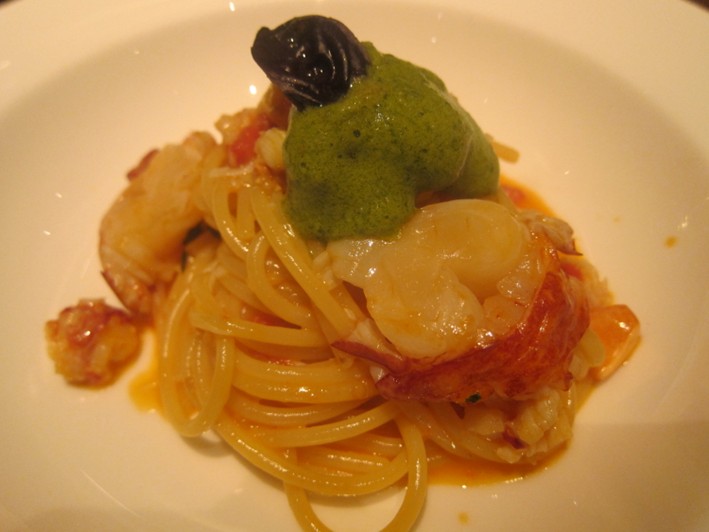
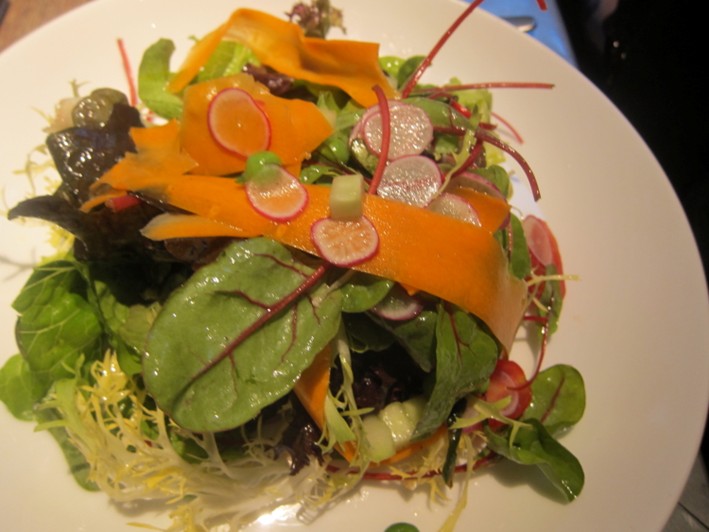


Add a comment
Thank you for submitting your comment, this will be checked and added to the website very soon.
User comments